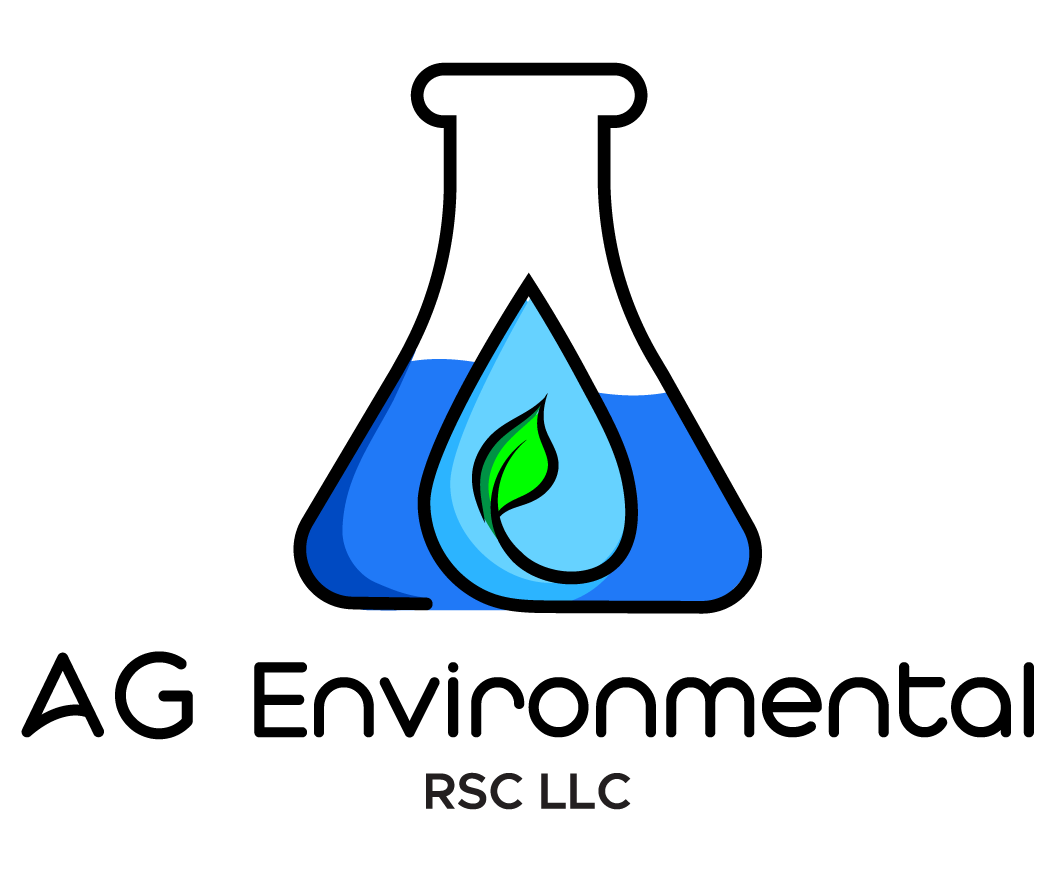The Latest Water Bacteria and Tests for the Olympic Games in Paris: Ensuring Athlete Safety
Photo credit Jenny Frost
As the Paris Olympic Games began, ensuring the safety of athletes and visitors was paramount. One critical aspect of this preparation involves rigorous testing for water bacteria and the enhancement of wastewater infrastructure. With thousands of participants and spectators, the risk of waterborne diseases necessitates stringent measures. This article delves into the latest water bacteria, the tests conducted to prevent diseases, and the significance of robust wastewater infrastructure and sewage testing.
Understanding Waterborne Bacteria at the Olympics
Common Waterborne Pathogens
Athletes participating in water sports are at significant risk of exposure to waterborne pathogens. These include:
- Escherichia coli (E. coli)
- Salmonella
- Vibrio cholerae
- Cryptosporidium
- Giardia
These pathogens can cause severe illnesses, including gastroenteritis, cholera, and other infections, potentially impacting the health and performance of athletes.
Critical Water Tests for Disease Prevention
E. coli Testing
E. coli serves as an indicator of fecal contamination in water. High levels suggest the presence of other harmful pathogens. Regular testing involves:
- Membrane Filtration Method: This technique filters water samples, incubating them to identify bacterial colonies.
- Colilert Test: A rapid, colorimetric test that indicates the presence of E. coli in water samples within 24 hours.
Salmonella Detection
Salmonella testing is crucial to prevent infections causing diarrhea and fever. Common methods include:
- PCR (Polymerase Chain Reaction): Amplifies DNA sequences of Salmonella for quick detection.
- Culture Methods: Isolates and identifies Salmonella strains from water samples.
Vibrio Cholerae Testing
To prevent cholera outbreaks, water bodies are regularly screened for Vibrio cholerae through:
- Alkaline Peptone Water Enrichment: A selective enrichment technique followed by culturing.
- Direct Fluorescent Antibody Test: Detects Vibrio cholerae antigens in water samples.
Cryptosporidium and Giardia Testing
These protozoa are resistant to chlorine, necessitating specific tests:
- Immunofluorescence Assay (IFA): Detects cysts and oocysts of Cryptosporidium and Giardia.
- PCR Methods: Provides precise identification and quantification.
The Role of Wastewater Infrastructure and Sewage Testing
Importance of Robust Wastewater Infrastructure
Effective wastewater management is crucial for preventing contamination of water bodies. In preparation for the Olympic Games, Paris has invested in:
- Modern Sewage Treatment Plants: These plants ensure that wastewater is treated to remove harmful bacteria and pathogens before being discharged into the environment.
- Advanced Monitoring Systems: Continuous monitoring of wastewater quality helps in early detection of potential contamination sources.
Sewage Testing Protocols
Routine sewage testing helps in assessing the overall health risk posed by waterborne pathogens. This includes:
- Regular Sampling: Collecting samples from various points in the sewage system.
- Microbial Analysis: Testing for indicator organisms like E. coli and enterococci to gauge contamination levels.
- Chemical Analysis: Assessing the presence of harmful chemicals and pollutants that could impact water quality.
Ensuring Athlete Safety: A Collaborative Effort
The safety of athletes at the Paris Olympic Games depends on a multi-faceted approach involving:
- Stringent Water Testing: Regular and comprehensive testing of water bodies to identify and mitigate the presence of harmful bacteria.
- Enhanced Wastewater Infrastructure: Investing in modern sewage treatment and monitoring systems to prevent environmental contamination.
- Public Awareness and Education:** Informing athletes, officials, and the public about the importance of water safety measures and personal hygiene.
Conclusion
Ensuring water safety at the Paris Olympic Games is a top priority. Through rigorous testing for waterborne bacteria and robust wastewater infrastructure, Paris aims to provide a safe environment for all participants. These measures not only protect athletes from diseases but also underscore the importance of maintaining high standards of public health and sanitation.
FAQ
-
E. coli, Salmonella, Vibrio cholerae, Cryptosporidium, and Giardia are major concerns due to their potential to cause severe illnesses.
-
E. coli is detected using membrane filtration and the Colilert test, both indicating fecal contamination.
-
Robust wastewater infrastructure prevents contamination of water bodies, ensuring the health and safety of athletes and visitors.
-
PCR and culture methods are commonly used to detect Salmonella in water samples.
-
Sewage testing helps assess contamination levels and identify sources of harmful bacteria, contributing to overall water safety.
-
They effectively remove harmful bacteria and pathogens, reducing the risk of waterborne diseases.


